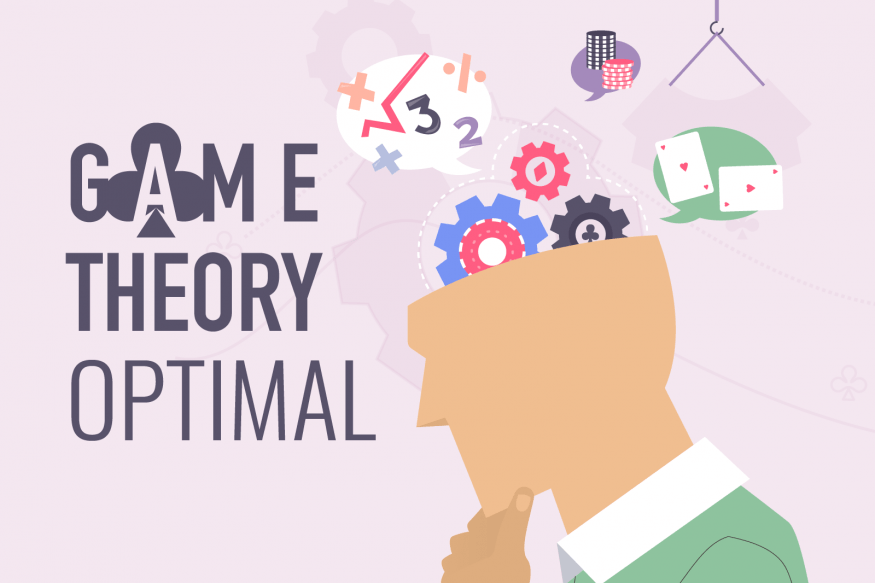GTO Poker vs Exploitative Poker: An In-Depth Comparison

Comparing Poker Strategies: Game Theory Optimal and Exploitative Approaches
When it comes to mastering poker, two primary strategies dominate discussions among serious players: Game Theory Optimal (GTO) poker and exploitative play. Each method brings unique strengths and serves different purposes depending on the opponent and context.
– GTO Poker leverages mathematical calculations and game theory principles to create an unexploitable style of play. This method strives for balance, making your actions unpredictable and immune to counter-strategies.
– Exploitative Poker centers on identifying and taking advantage of opponents’ weaknesses and habits. This approach requires close observation, adaptability, and is highly effective against less experienced players.
– The decision to use GTO or exploitative tactics isn’t always clear-cut and frequently depends on a mix of your skillset, your opponents’ tendencies, and the game conditions.
– The most successful poker players understand and apply both concepts, seamlessly shifting between them to maximize profits.
To dispel confusion around these strategies, let’s break down their fundamentals and evaluate where each excels.
Understanding Game Theory Optimal (GTO) Poker
Game Theory Optimal poker is all about precision and mathematical soundness. The core idea is to play poker as perfectly as possible so that your adversaries cannot gain an edge, no matter how skilled they are. By optimizing decisions in every scenario, players using GTO ensure a balanced mix of value bets and bluffs, preventing predictability.
Despite its name, GTO is not always the ultimate answer to every poker scenario. Here’s why:
– GTO’s rigidity means you follow set strategies against all opponents, regardless of their unique behaviors. For example, if the optimal 3-bet sizing is calculated to be 13 big blinds in a situation, you’ll make that play for everyone—even if an opponent would call a much larger bet. This sometimes causes you to miss extra profit against specific players.
– GTO shines particularly in online environments or certain live games where there’s little reliable information about your opponents, making reads difficult.
– While GTO theory makes you unexploitable, it also means you won’t be exploiting less-skilled players as much as you could.
In summary, GTO provides a solid, science-based foundation for playing against tough or unknown opponents but isn’t always the most profitable route against everyone.
No-Limit Hold’em: Still Unsolved
The term “optimal” might suggest a flawless solution, but No-Limit Hold’em remains unresolved in game theory. This complexity is even greater in multi-player scenarios. Even if a perfect GTO approach existed, memorizing countless variations for every situation is impossible for any human being.
Instead, GTO serves as an excellent framework for understanding fundamental poker concepts. It helps players learn sound strategies and make logical decisions under pressure, especially against strong opposition. However, relying exclusively on GTO may not always yield the biggest profits.
Challenges of Implementing GTO Poker

Mastering GTO is a challenging, time-intensive process. Here are key considerations:
– GTO requires extensive study—analyzing hands, using poker solvers, reading advanced books, and watching instructional videos.
– Remembering precise plays for every possible situation is unrealistic.
– Nonetheless, studying GTO builds sound strategic habits and prepares you for diverse opponents.
– GTO often ignores specific player statistics or visible tendencies, meaning you might miss out on extra profit against opponents who routinely make mistakes.
Take, for example, a scenario where you face a reckless opponent. Sticking to a GTO-based response might win, but you could exploit them much further by making targeted adjustments.
The Nature of Exploitative Poker: Targeting Player Flaws
Before GTO entered the mainstream, poker legends made fortunes through exploitative play. This style requires just as much discipline with fundamentals—selecting hands carefully, playing positionally, and managing pot odds.
However, the key difference is flexibility:
– You shape your strategy to capitalize on each opponent’s mistakes or predictable patterns.
– While exploitative tactics can expose you to re-exploitation by savvy players, they often maximize winnings against those who do not adjust.
Practical Example: Exploitative Play in Action
Imagine joining a cash game and observing a player who open-shoves five consecutive hands, revealing hands like ATo and T9s when called. Conventional GTO ranges go out the window here; you’ll profitably call with hands like pocket tens or AQo, instead of folding many of them as GTO might suggest.
Alternatively, against someone who only bets big with the absolute nuts, you may fold even strong hands on the river when they bet heavily. While such tactics might be exploitable if used against skilled players, they’re profitable against highly predictable ones.
Of course, not all situations are so obvious—failed reads or incorrect assumptions can backfire. If you’re unsure, reverting to GTO provides a safe baseline until more information presents itself.
Are GTO and Exploitative Poker Opposites?
There’s a misconception that you must pick and commit to either GTO or exploitative play. In reality, blending elements of both produces the best results.
Key points:
– Learning GTO principles is invaluable for understanding fundamental poker mechanics.
– Only by knowing what ‘correct’ strategy looks like can you accurately recognize and leverage others’ mistakes.
– GTO tactics are especially handy against formidable opponents or unfamiliar tables, such as in major tournaments, where exploitative approaches may carry more risk.
Rather than memorizing GTO in its entirety, focus on understanding balanced play in common situations—giving you the knowledge to adjust and remain competitive in any lineup.
The Dynamics of Exploitative Play: Adapting and Re-Adapting

Like GTO, exploitative strategy has limitations:
– Exploiting perceived weaknesses depends on accurate, often limited, information. Small sample sizes can be misleading—what looks like a player’s habit might just be a short-term run of good cards.
– You may spot aggressive tendencies from an opponent based on a few hands, only to discover they were temporarily running hot rather than playing loose.
– To gain maximum profit, you need strong observational skills and flexibility with your decisions—being too hasty or presumptive can be costly.
It’s important to continually verify your reads, looking for consistent patterns rather than drawing conclusions from a handful of hands.
Awareness of the Table: When Exploitation Brings Risk
Adjusting your strategy for a weak opponent can open you to countermeasures from others:
– If you aggressively attack a loose player by re-raising them often, sharper players might detect your adjustment and begin exploiting your lighter raises.
– Remaining aware of the entire table’s dynamics is vital—don’t focus solely on one target. If other players start altering their own strategies in response to yours, be ready to adapt again.
– GTO side-steps this problem, offering a consistent framework where you can confidently ignore others’ exploits since your approach remains fundamentally sound.
Strategic Versatility: Using Both Approaches for Maximum Profit
Neither GTO nor exploitative play is superior in all circumstances. Their utility depends on the competition and table environment:
– Against a table of highly skilled players, GTO principles minimize risk and lessen opponents’ advantage.
– In games full of less-experienced players who make obvious mistakes, shifting to exploitative play often generates significantly higher winnings.
Most real-world poker games feature a blend of weak and strong players. Your best route is to understand both GTO and exploitative techniques, employing them fluidly as conditions change:
– Play GTO against tough competitors, preventing them from finding cracks in your armor.
– Switch to an exploitative mindset to capitalize on glaring weaknesses presented by others.
This strategic flexibility enables you to get the most from every situation and consistently outmaneuver your opponents.








